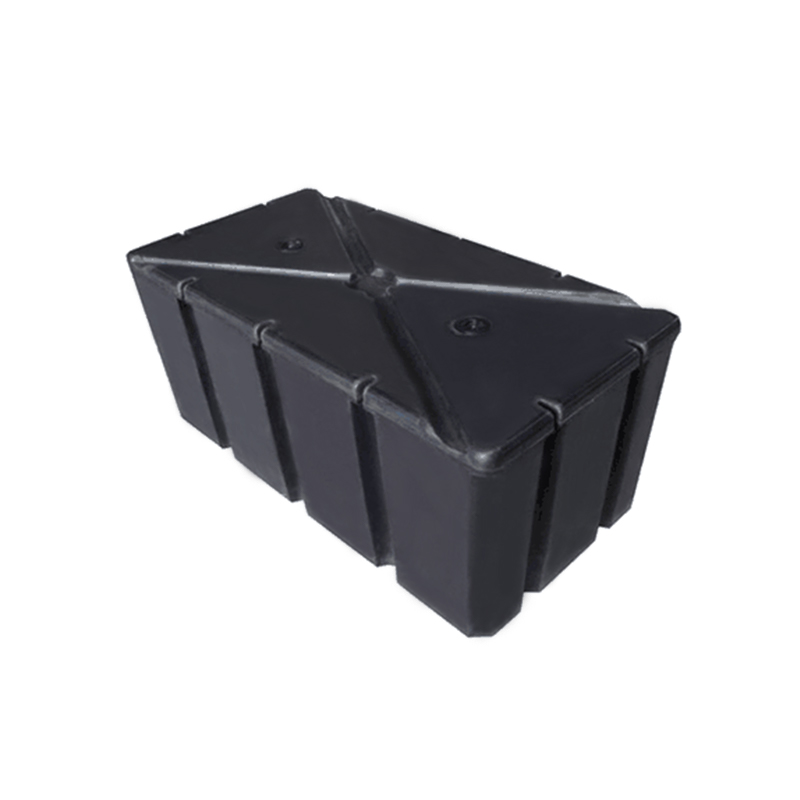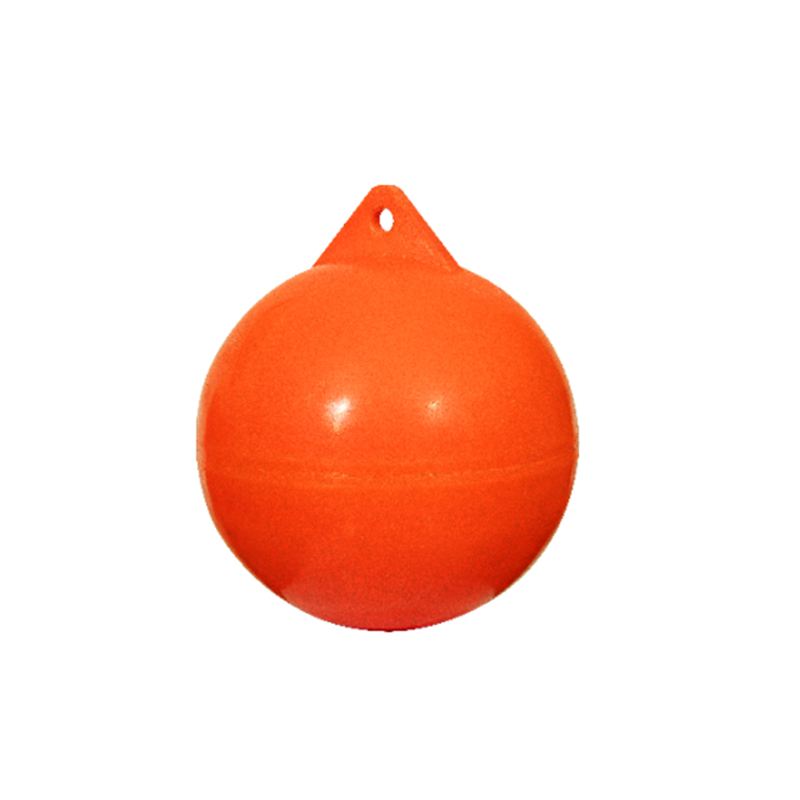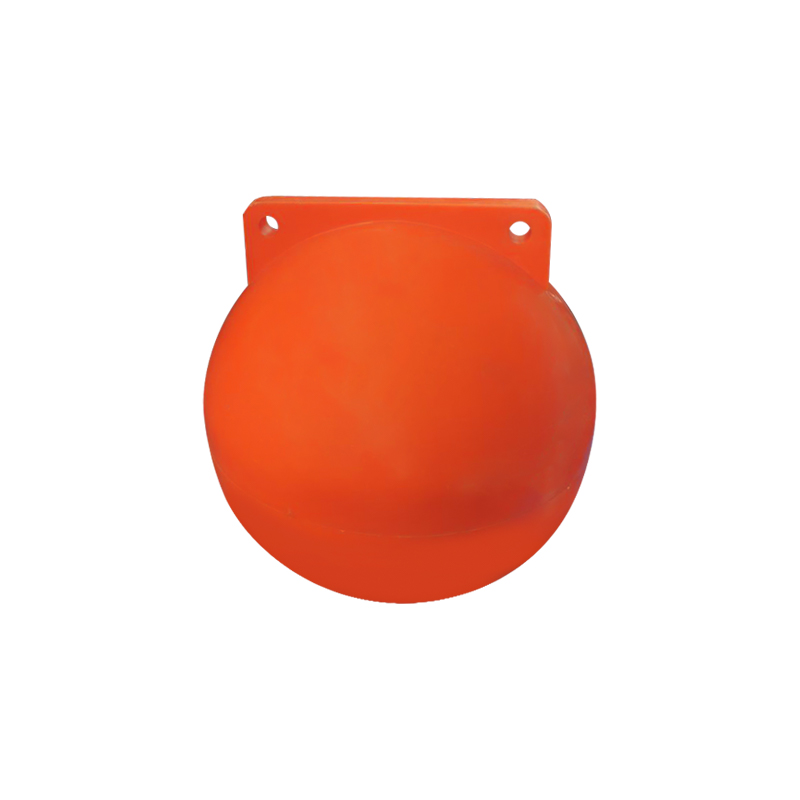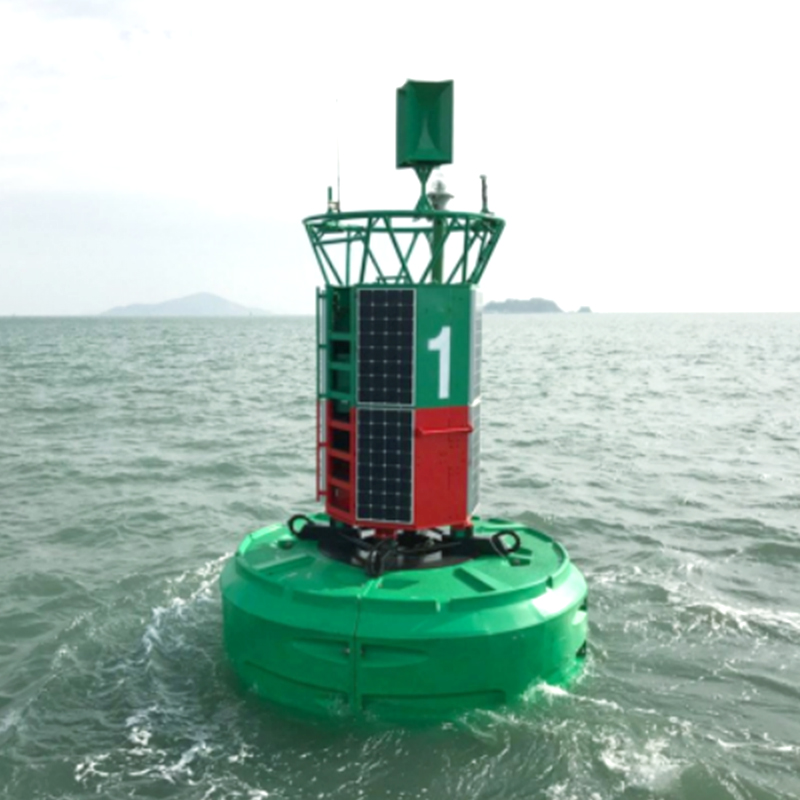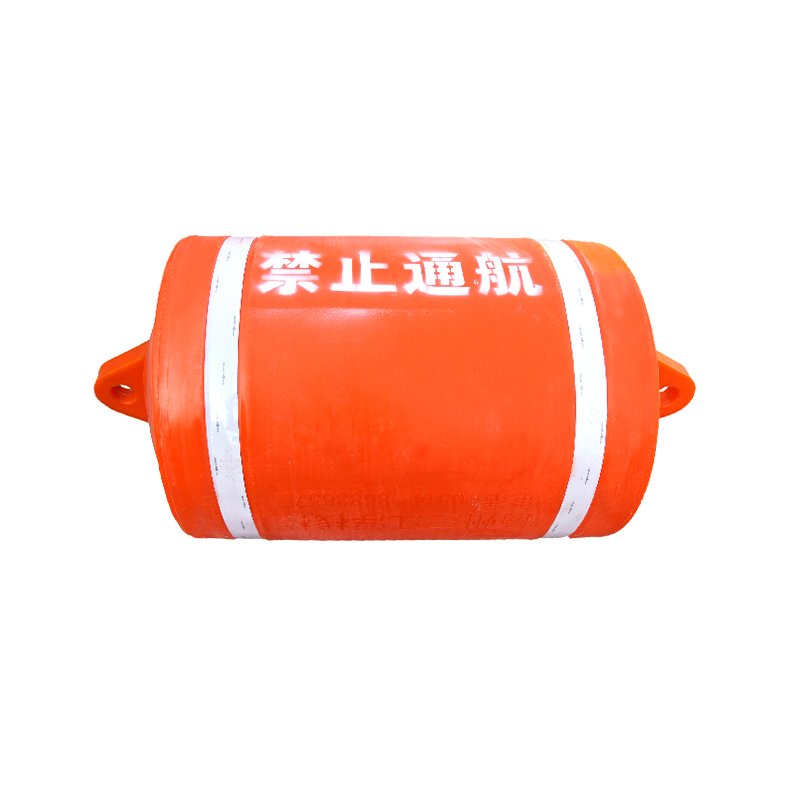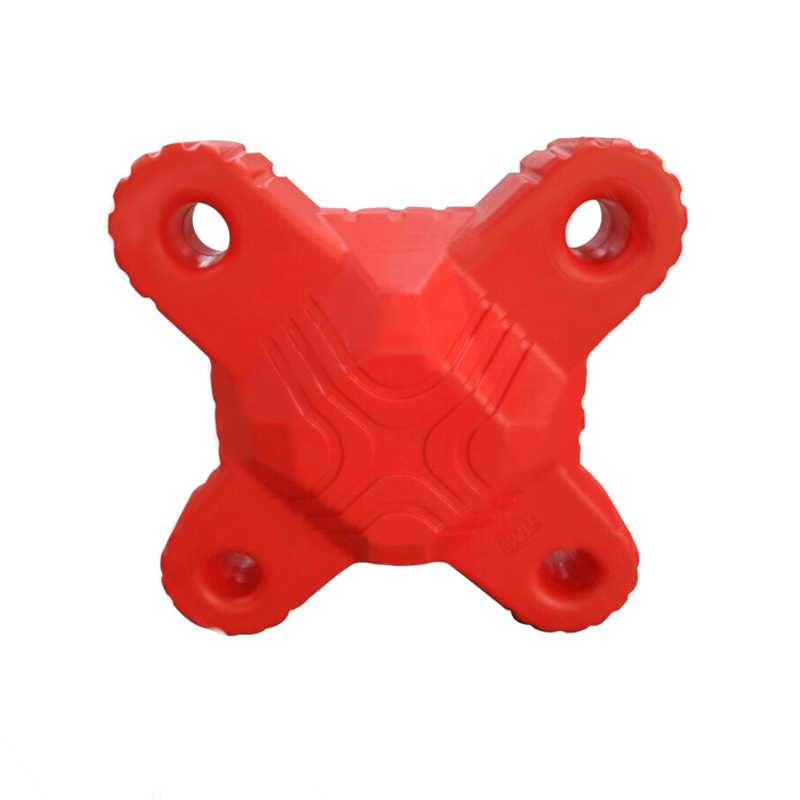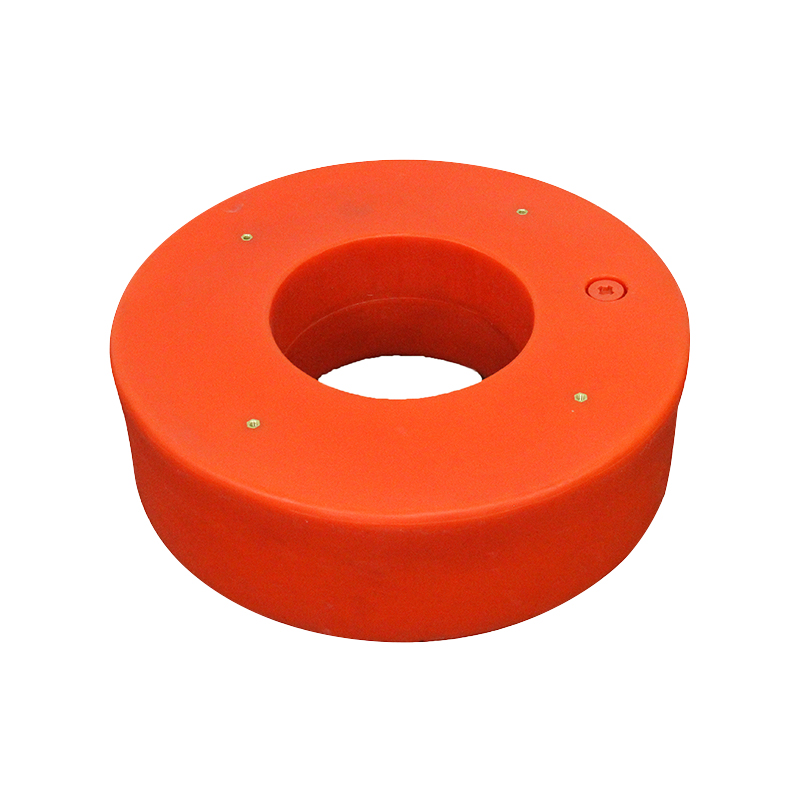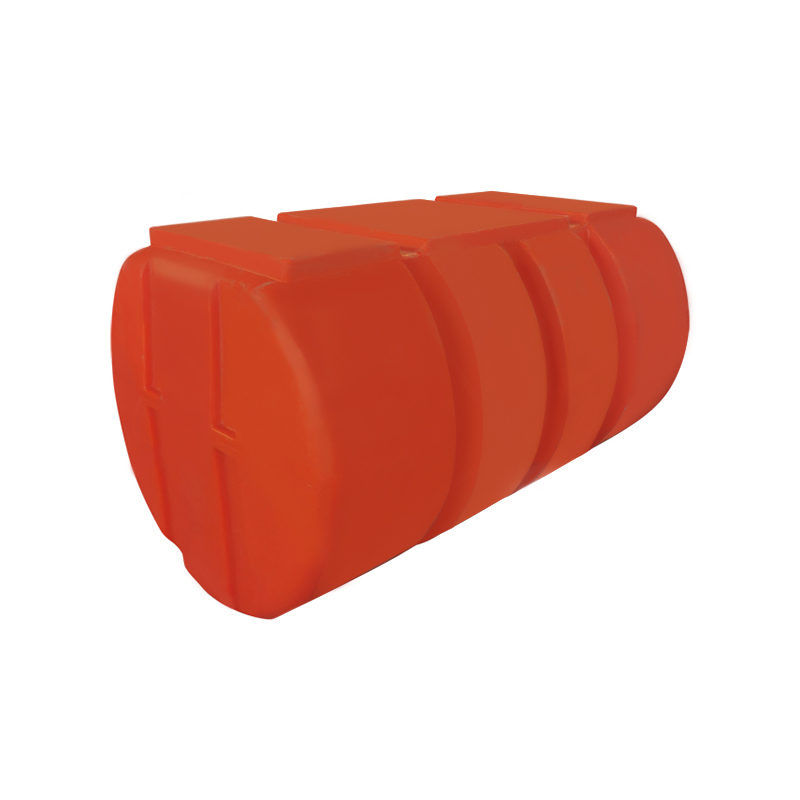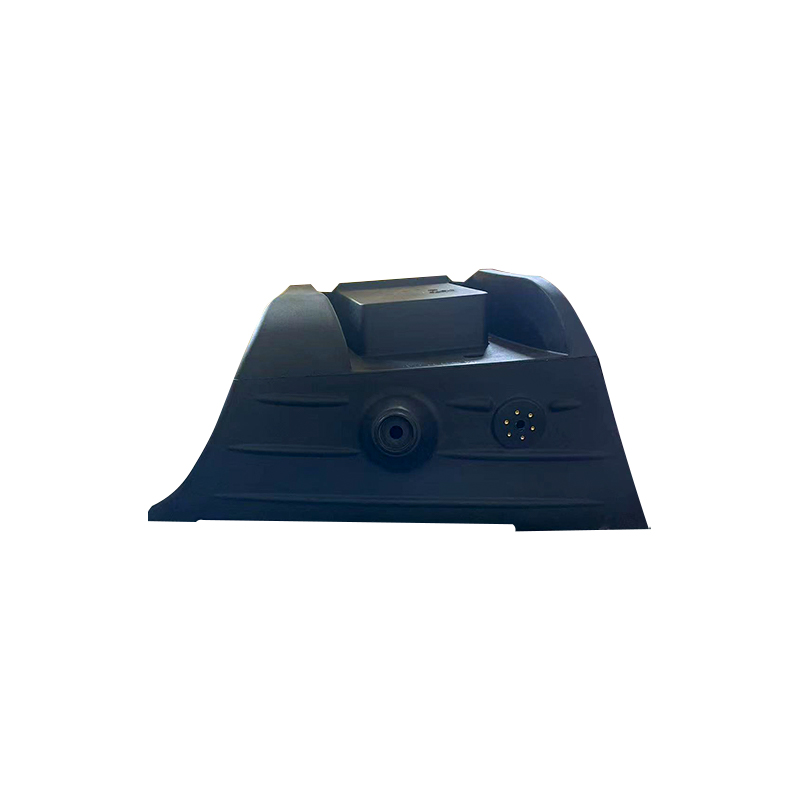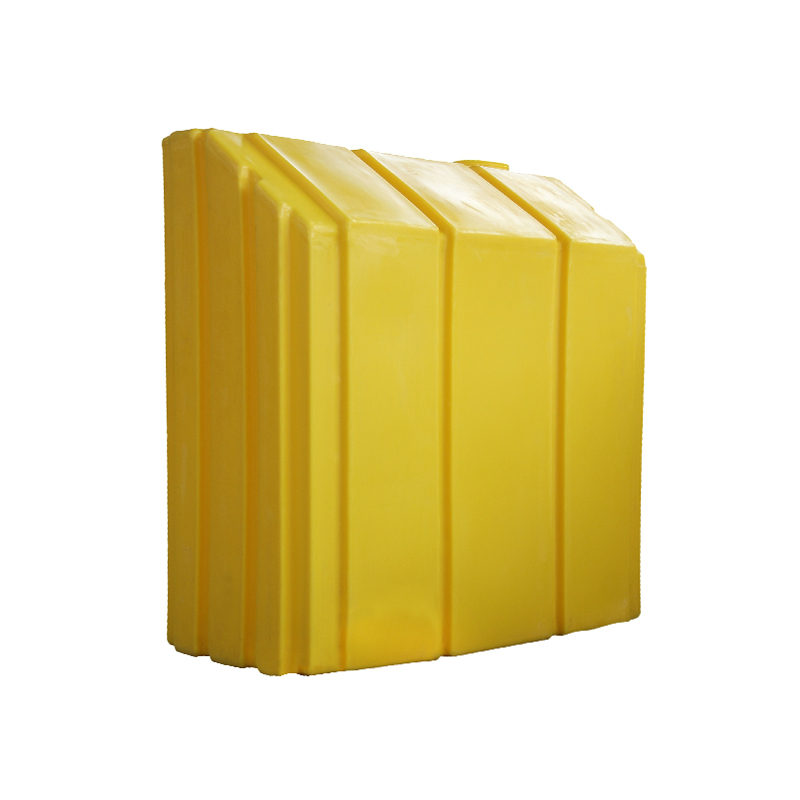Rotomolding Fuel Tanks vs. Injection Molding: Which Method Lasts Longer?
When manufacturing fuel tanks, choosing the right molding technique is critical. Rotomolding and Injection Molding are two of the most commonly used molding technologies today, and each has its unique strengths and weaknesses.
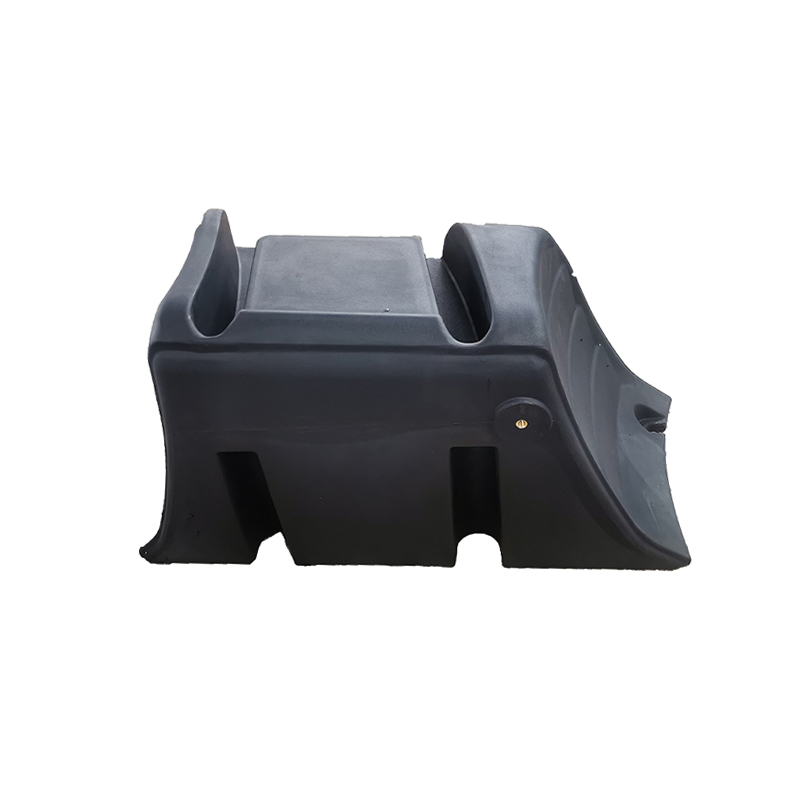
Introduction to the Two Molding Techniques
Rotomolding (Rotational Molding)
Rotomolding, also known as rotational molding, is a process in which plastic is heated and rotated in a mold to produce hollow plastic products. This process is typically used for creating large, thin-walled, complex-shaped products, such as fuel tanks, water tanks, and transport containers.
- Process Overview: In rotomolding, a specified amount of plastic pellets (such as high-density polyethylene or HDPE) are loaded into a mold. The mold is then heated and rotated simultaneously to allow the plastic to evenly coat the inner walls of the mold. This process continues until the plastic fully melts and solidifies, resulting in a product with uniform wall thickness, strength, and durability.
- Materials Used: Common materials for rotomolding include HDPE, low-density polyethylene (LDPE), and polyurethane, which offer excellent corrosion resistance, UV protection, and strong impact resistance.
- Common Applications: Rotomolding is widely used for products that require durability, impact resistance, and UV stability, such as fuel tanks, trash cans, scooters, and boat components.
Injection Molding
Injection Molding is a manufacturing process where plastic pellets are melted and injected into a mold under pressure to create plastic parts.
- Process Overview: During injection molding, plastic pellets are heated to a molten state and injected into a metal mold under high pressure. The mold is then cooled, and the plastic solidifies into the desired shape. Injection molding is typically used for high-precision, small-to-medium-sized parts.
- Materials Used: Common materials for injection molding include polypropylene (PP), polystyrene (PS), and nylon (PA). Specialized materials with properties such as chemical resistance and high-temperature tolerance can also be selected based on specific requirements.
- Common Applications: Injection molding is suitable for producing precise, high-volume small parts such as electronic housings, automotive components, and medical devices.
Durability Comparison: Material Properties
Rotomolding Fuel Tank Material Properties
Rotomolding fuel tanks typically use high-density polyethylene (HDPE) and other durable plastics, which offer several advantages that make them ideal for fuel tank production.
- Corrosion Resistance: HDPE is highly resistant to corrosion, making rotomolded fuel tanks ideal for long-term exposure to chemicals like oil, gasoline, and solvents. This makes them especially well-suited for use in harsh chemical environments.
- UV Resistance: HDPE materials have strong UV resistance, preventing degradation when exposed to sunlight over extended periods. This makes rotomolded fuel tanks perfect for outdoor use or environments where prolonged sun exposure is common.
- Impact Resistance: The rotational molding process ensures that the plastic is evenly distributed, providing excellent impact resistance. Rotomolded tanks are less likely to crack or break when subjected to external forces, making them ideal for rugged applications.
Injection Molding Fuel Tank Material Properties
Injection molding fuel tanks typically use materials like polypropylene (PP) and polyurethane (PU). While these materials offer certain durability, they are not as resistant as rotomolded plastics in some areas.
- Corrosion Resistance: While some injection-molded materials exhibit good resistance to corrosion, they are generally not as effective as HDPE in handling harsh chemicals. This may make injection-molded fuel tanks unsuitable for environments with high exposure to corrosive materials.
- UV Resistance: Injection-molded materials have less UV resistance compared to HDPE. Prolonged exposure to sunlight can cause materials to degrade, affecting the strength and appearance of the fuel tank.
- Impact Resistance: Injection-molded fuel tanks are more susceptible to cracking under impact, especially when exposed to extreme temperatures. The molding process generates internal stresses that can weaken the material over time.
Impact Resistance Comparison
Rotomolding Fuel Tank Impact Resistance
Rotomolding fuel tanks are known for their strong impact resistance, mainly due to the uniform distribution of plastic and the seamless design. This design helps to distribute the impact force evenly across the tank, reducing the risk of cracks or breakage.
- Suitable Environments: Rotomolded fuel tanks are ideal for environments where they may face significant impacts or vibrations, such as trucks, agricultural machinery, and boats. These tanks are more likely to withstand collisions or drops without failing.
Injection Molding Fuel Tank Impact Resistance
Although injection molding can achieve high precision, the internal stress produced during the molding process can make injection-molded fuel tanks more prone to cracking or breaking under significant impact. This is particularly true in low-temperature environments, where the material becomes more brittle.
- Suitable Environments: Injection-molded fuel tanks are better suited for environments with minimal impact, or where the fuel tank needs to meet strict precision requirements.
Corrosion Resistance Comparison
Rotomolding Fuel Tank Corrosion Resistance
One of the primary advantages of rotomolding is its excellent corrosion resistance. HDPE materials used in rotomolded fuel tanks provide exceptional protection against chemical exposure, including oils, gasoline, and solvents.
- Suitable Environments: Rotomolded fuel tanks are perfect for chemical environments such as chemical plants, refueling stations, and marine environments, where long-term exposure to corrosive substances is common.
Injection Molding Fuel Tank Corrosion Resistance
Injection-molded fuel tanks offer moderate resistance to corrosion, depending on the material used. However, they may not provide as strong resistance to corrosive chemicals compared to rotomolded fuel tanks.
- Suitable Environments: Injection-molded fuel tanks are better suited for applications where exposure to harsh chemicals is limited or the environment is less aggressive.
Cost and Production Efficiency Comparison
Rotomolding Cost-Effectiveness
Rotomolding is particularly cost-effective when producing large quantities of tanks, especially for larger or more complex shapes. The initial mold costs may be higher, but the molds are durable and can be used for a long time, making rotomolding a cost-efficient solution for large-scale production. The process is also less demanding in terms of precision.
Injection Molding Cost-Effectiveness
Injection molding is ideal for high-precision and small-to-medium production runs. While mold manufacturing costs are high, the cost per piece is relatively low, especially in mass production. However, for larger or more complex parts, injection molding may become more expensive due to the limitations of the molding process.
Long-Term Durability
Rotomolding Fuel Tank Long-Term Durability
Rotomolded fuel tanks are highly durable and can last for many years due to their resistance to UV light, weathering, and chemicals. These tanks maintain their performance over time, making them an excellent investment for long-term use.
Injection Molding Fuel Tank Long-Term Durability
Injection-molded fuel tanks, while initially durable, may experience wear and tear over time. Prolonged exposure to UV light or extreme temperatures may cause the material to degrade, resulting in cracks, fading, or brittleness. These tanks may require more maintenance or replacement in the long run.
| Feature | Rotomolding Fuel Tanks | Injection Molding Fuel Tanks |
|---|---|---|
| Corrosion Resistance | Excellent (HDPE) | Moderate (suitable for less corrosive environments) |
| Impact Resistance | Strong (ideal for rugged conditions) | Weaker (more prone to cracking under stress) |
| Production Efficiency | Slower, but suitable for large-scale production | Faster, ideal for small to medium-volume, high-precision parts |
| Cost | Higher mold costs, but long-term savings | High mold costs, but lower per-piece cost in mass production |
| Long-Term Durability | Better (resistant to UV, weather, and aging) | Requires more maintenance, prone to aging and cracking |


 English
English عربى
عربى
